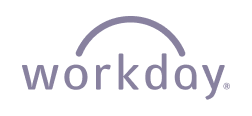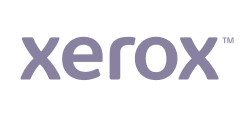Best Film Proposal Examples to Charm Producers (+Templates)
Elevate your pitch with our standout film proposal examples, ready to serve as templates. Discover how to write a film proposal for a producer-approved deck.


Elevate your pitch with our standout film proposal examples, ready to serve as templates. Discover how to write a film proposal for a producer-approved deck.
Short answer
A film proposal is a detailed pitch that presents your movie idea, highlighting its synopsis, main characters, target audience, budget breakdown, and how it stands out.
It's your chance to convince producers your project is worth investing in, by clearly outlining its creative and financial appeal.
"In a world where dreams are illegal, a rebellious dreamer discovers a way to dream safely but must evade the dream police to share his discovery with the world."
"'Dreamscape' follows Eli, a young inventor in a dystopian future where dreaming is banned due to its addictive and disruptive nature. When Eli invents a device that enables safe dreaming, he becomes a target for the authoritarian regime's 'dream police.'
As Eli navigates a dangerous underground of fellow dreamers, he must decide whether his freedom to dream is worth the risk to himself and those he loves.
Through thrilling chases and moral dilemmas, 'Dreamscape' explores themes of freedom, control, and the power of human imagination."
For studio executives
Highlight the film's market appeal, its potential for profitability, and how it resonates with audiences. Focus on current genre popularity, the possibility of sequels, or opportunities for merchandising to capture their interest.
For independent investors
Stress the unique creative elements, innovative storytelling, and the artistic vision behind your project. Discuss what sets your film apart in a crowded marketplace from a creative standpoint.
For equity investors
Zero in on the financial upside. Offer a thorough market analysis, outline anticipated revenue sources, and present a well-defined exit strategy.
For producers
Tailor your presentation to match their previous works and areas of interest. Demonstrate how your film complements their existing portfolio, meeting both their creative and commercial objectives.
NOTE: If you want to get some film proposal design tips, check out our post explaining how to design a film proposal.
| Format | Pros | Cons |
|---|---|---|
| - Perfect for straightforward, text-dense content - Easy to access and print for everyone |
- Missing the interactive element, making it less engaging - Once it's done, updating or tailoring it can be tricky |
|
| PPT | - Great for mixing text with visuals - Easy to use for creating and presenting |
- Interactivity is on the basic side - Needs extra design effort to avoid a bland look |
| Word | - Ideal for collaborative writing and simple document setup - User-friendly for text edits and drafts |
- Not the best at handling detailed visuals or multimedia - Falls short in delivering visually striking presentations |
| Storydoc | - Top choice for storytelling with data and visuals - Drives action with features like an Accept button and the option to embed your personal calendar for meeting scheduling |
- New users might face a learning curve - Loses its interactive sparkle in printed form |
Stop losing opportunities to ineffective presentations.
Your new amazing deck is one click away!









